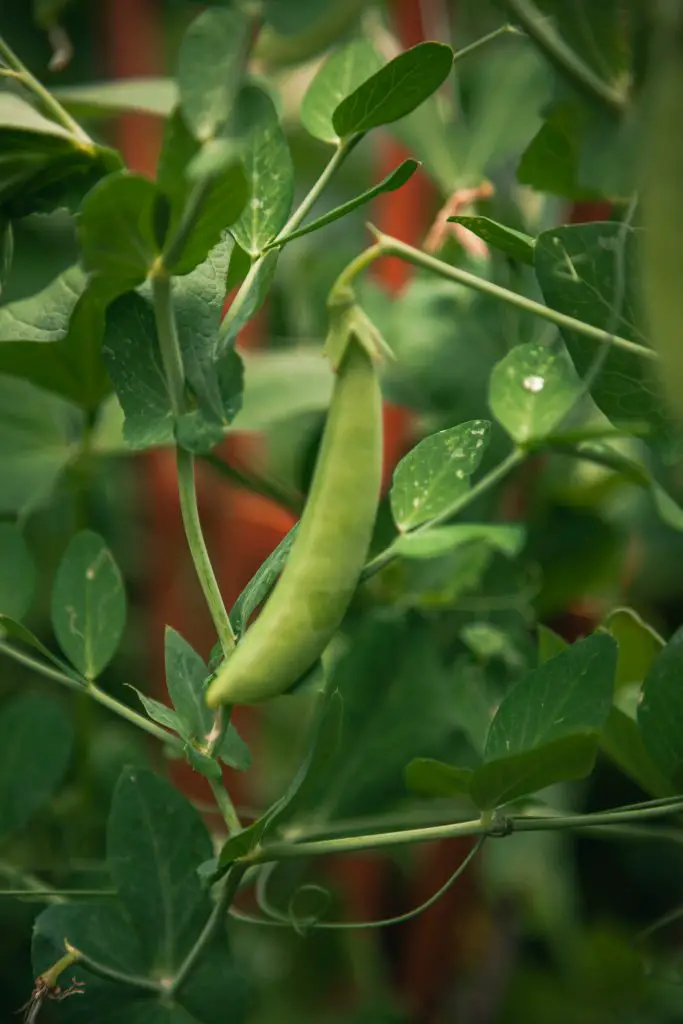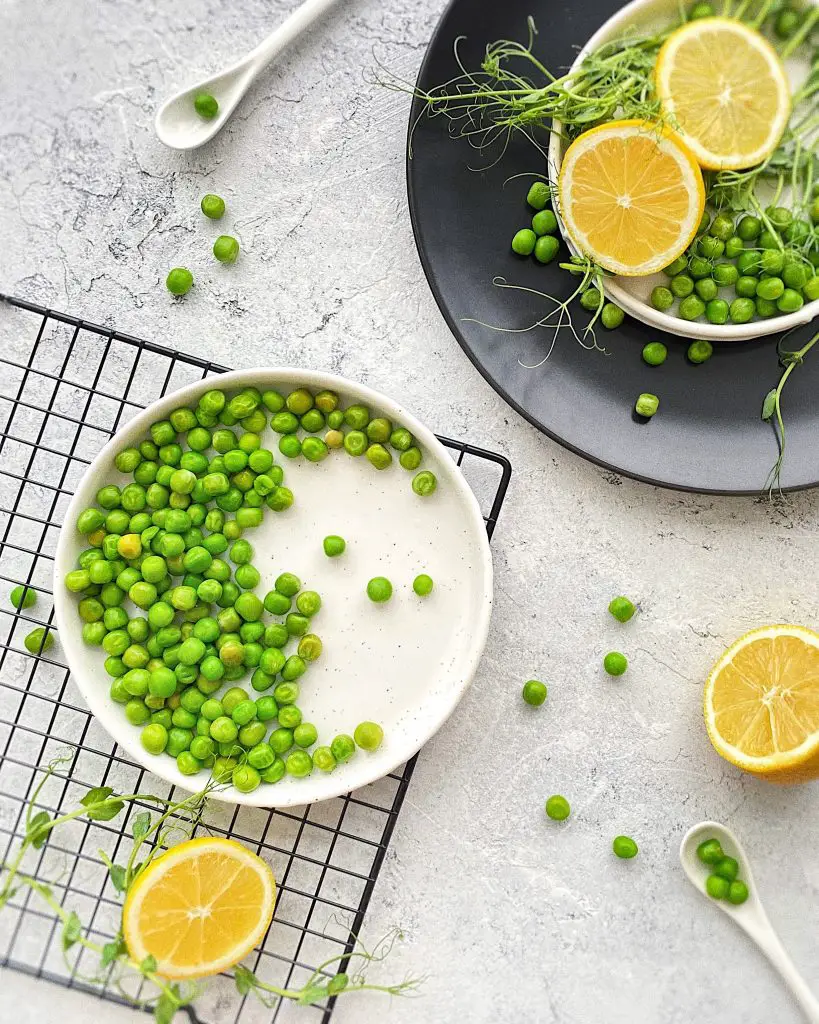Is It Too Late To Plant Peas? Peas are a popular plant to grow at home in your own garden because they taste particularly sweet compared to the frozen peas brought from the supermarket, however, if you’re a beginner gardener one of the most common questions asked is it too late to plant peas?
Peas are a plant that grows best when the temperatures are between 59°F and 77°F (15 and 25°C) and therefore have two planting windows where the plants can be sown during the year, early spring and late summer. If you are planting in mid-spring onwards you are too late for the first flush of peas and if you are planting in early August you are too late for the second flash of peas.
The reason that a mid-spring onwards sowing is too late for peas is because by the time that they mature temperatures are already starting to rise above 77°C (25°C) in most regions which means that the pea plants quickly deteriorate and there is little point in planting them at that time of year.
When planting the second sowing of peas usually in a period later than the end of summer will result in you not getting any peas because the weather will deteriorate too quickly and get too cold for the plants to flower and produce pods in this season.

However, if you live in a region that has moderate to mild winter temperatures late sowing of peas is not an entire waste as they are extremely hardy plants that can survive through the winter. Having established plants in the garden in winter will mean that you get a particularly early harvest of peas in the following season.
I personally take advantage of this fact and sow 3 lots of peas every single year to ensure that I get an early crop in spring.
Does This Planting Advice Apply To All The Different Types Of Peas?
Irrespective of whether you grow snow peas, shelling peas, or snap peas the advice in this article will apply. In terms of the varieties,I would suggest growing either snow peas or snap peas is preferable for the simple reason that shelling peas is an extremely time-consuming process.
So if you live in a busy household I would go for snow and snap peas only because they are simpler and quicker to deal with. To see a range of different peas try visiting seeds now as they have a wide variety available, click on the button below.
How To Grow Peas
Peas can be sown into seed trays or directly into the garden, however, the vast majority of people that grow Peas will so them directly as they can tolerate relatively low temperatures and still germinate.
To plant peas directly into the garden start by creating a furrow that is approximately 2 inches deep and sprinkle the peas liberally into the furrow and then cover them over. However, before doing this it is important to put in place a support structure.
Traditionally most gardeners use trellises to grow peas on, however, usually what happens is that the peas will flop over and require a string to be tied horizontally across the whole heap of pea plants to keep them upright. The easier way to avoid using a trellis is simply to put posts in approximately 2 to 3 feet apart and then run horizontal string lines approximately 4 inches above the ground on both sides of the posts. This will create a support structure that will keep the plants growing upright.
As the plants continue to develop an additional string line, a further 4 inches, above the previous string line needs to be put in place. This will be an ongoing process until the plant reaches its full height which can vary between 3 and 6ft depending upon the specific variety.

Harvesting Peas
The pea plants will typically produce white flowers in most cases once the plant reaches 2 ft in height. At this point, pods will begin to appear from the flowers which will initially be quite flat until the peas start to fatten up. The extent to which this occurs will depend greatly upon the type of pea that you’re growing with snow peas generally having significantly smaller peas in the pods.
Once the pods reach a length of usually around 2 to 4 inches they will begin to fatten. For shelling and snap peas, typically the pods need to be a width slightly thicker than a pencil at which point they are usually ready to harvest. However, it is a good idea to start by just picking one or two pods and opening them up to see the quality of the peas.
Once the peas begin to produce it is important to regularly visit the plants every couple of days and pick those peas that are available. If you have a glut of peas they can be frozen by blanching the pods before freezing them. In most cases, the harvest period will last somewhere between 4 and 6 weeks depending upon the weather conditions in your particular region.
Once the weather gets too hot or too cold the peas will stop producing and die back. At this point is a good idea to check for any dried pea pods as they can be kept for seed for the following year. The pods simply need to be put aside and allowed to dry out, it is not necessary to remove the peas from the pods until you need to plant in the following season.
I hope you found this article useful and have great success growing peas at home, if you have any additional comments or questions please leave them in the section below.
Relevant Articles
How Long Does It Take Pea Seeds To Germinate? How Does Temperature Effect It?
What Is The Sweetest Pea To Eat?
Can You Eat Peas Raw Straight From The Plant? (That Includes Snow Peas)

